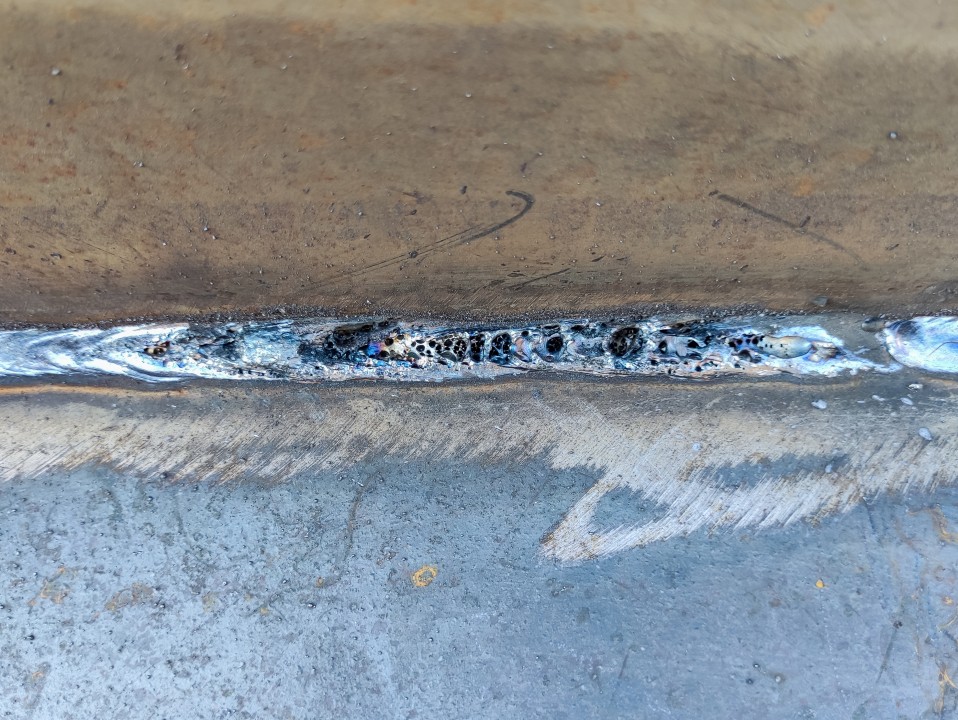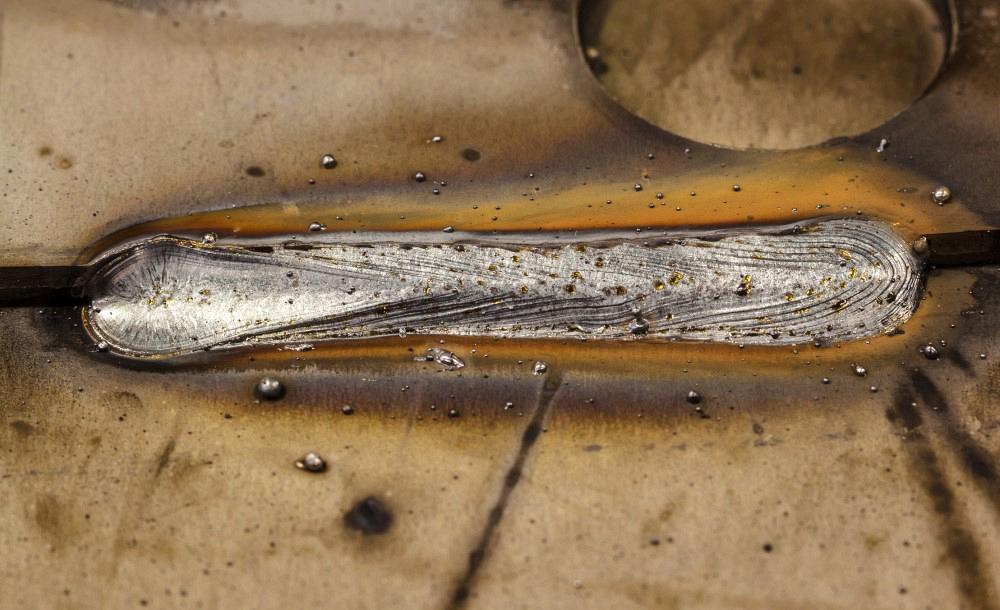Comprehending Porosity in Welding: Checking Out Reasons, Effects, and Prevention Methods
Porosity in welding is a persistent obstacle that can substantially impact the top quality and stability of welds. As experts in the welding sector are cognizant, understanding the causes, effects, and prevention strategies associated with porosity is crucial for achieving durable and trusted welds. By diving right into the source of porosity, examining its damaging impacts on weld top quality, and discovering effective avoidance strategies, welders can improve their expertise and skills to create top quality welds continually. The complex interaction of elements adding to porosity requires a detailed understanding and a positive approach to ensure successful welding results.
Common Sources Of Porosity
Porosity in welding is mostly created by a mix of aspects such as contamination, incorrect securing, and poor gas coverage during the welding process. Contamination, in the kind of dust, oil, or corrosion on the welding surface area, develops gas pockets when heated up, causing porosity in the weld. Improper protecting happens when the shielding gas, commonly used in processes like MIG and TIG welding, is not able to fully protect the liquified weld pool from responding with the bordering air, causing gas entrapment and subsequent porosity. Additionally, inadequate gas coverage, typically because of incorrect circulation rates or nozzle positioning, can leave components of the weld unguarded, enabling porosity to form. These factors jointly add to the development of spaces within the weld, compromising its honesty and possibly creating architectural concerns. Comprehending and attending to these typical reasons are vital steps in avoiding porosity and making certain the high quality and strength of bonded joints.
Effects on Weld High Quality
The presence of porosity in a weld can considerably jeopardize the total quality and honesty of the welded joint. Porosity within a weld produces gaps or cavities that compromise the framework, making it much more prone to cracking, deterioration, and mechanical failure. These gaps function as tension concentrators, decreasing the load-bearing capacity of the weld and enhancing the likelihood of premature failure under applied anxiety. Furthermore, porosity can additionally serve as potential websites for hydrogen entrapment, further intensifying the deterioration of the weld's mechanical homes.
In addition, porosity can prevent the performance of non-destructive screening (NDT) methods, making it challenging to spot other issues or gaps within the weld. This can result in significant security worries, specifically in crucial applications where the architectural stability of the welded parts is paramount.

Prevention Techniques Overview
Provided the harmful impact of porosity on weld high quality, effective prevention strategies are vital to preserving the architectural integrity of bonded joints. One of the primary prevention strategies is complete cleaning of the base products before welding. Impurities such as oil, oil, visit this site right here rust, and dampness can contribute to porosity, so ensuring a clean job surface area is vital. Correct you could try these out storage space of welding consumables in completely dry conditions is likewise critical to stop dampness absorption, which can cause gas entrapment throughout welding. Additionally, choosing the proper welding criteria, such as voltage, current, and travel rate, can aid minimize the risk of porosity development. Ensuring sufficient protecting gas circulation and insurance coverage is another important avoidance strategy, as insufficient gas coverage can lead to atmospheric contamination and porosity. Correct welder training and certification are essential for executing preventive actions properly and continually. By including these avoidance methods right into welding techniques, the event of porosity can be dramatically minimized, causing more powerful and extra reliable bonded joints.
Value of Proper Protecting
Proper protecting in welding plays a crucial function in preventing atmospheric contamination and making certain the stability of bonded joints. Shielding gases, such as argon, helium, or a mixture of both, are frequently utilized to safeguard the weld swimming pool from reacting with aspects airborne like oxygen and nitrogen. When these reactive aspects enter into call with the hot weld swimming pool, they can cause porosity, bring about weak welds with minimized mechanical properties.

Poor securing can cause numerous issues like porosity, spatter, and oxidation, endangering the architectural honesty of the welded joint. For that reason, adhering to proper securing techniques is important to create high-grade welds with very little problems and make certain the durability and integrity of the bonded elements (What is Porosity).
Surveillance and Control Methods
Exactly how can welders properly monitor and regulate the welding process to guarantee ideal outcomes and protect against issues like porosity? One key technique is via making use of advanced tracking innovations. These can consist of real-time surveillance systems that provide feedback on criteria such as voltage, current, travel speed, and gas flow rates. By constantly keeping track of these variables, welders can determine inconsistencies from the perfect conditions and make immediate changes to prevent porosity formation.

Furthermore, executing appropriate training programs for welders is vital for keeping track of and regulating the welding procedure properly. What is Porosity. Informing welders on the significance of maintaining regular specifications, such as proper gas protecting and travel rate, can help prevent porosity concerns. Routine assessments and accreditations can also make certain that welders are skillful in tracking and controlling welding procedures
Additionally, the use of automated welding systems can boost tracking and control capacities. These systems can exactly manage welding specifications, decreasing the likelihood of human mistake and ensuring constant weld quality. By integrating sophisticated surveillance innovations, training programs, and automated systems, welders can properly keep track of and regulate the welding process to lessen porosity issues and accomplish premium welds.
Verdict
